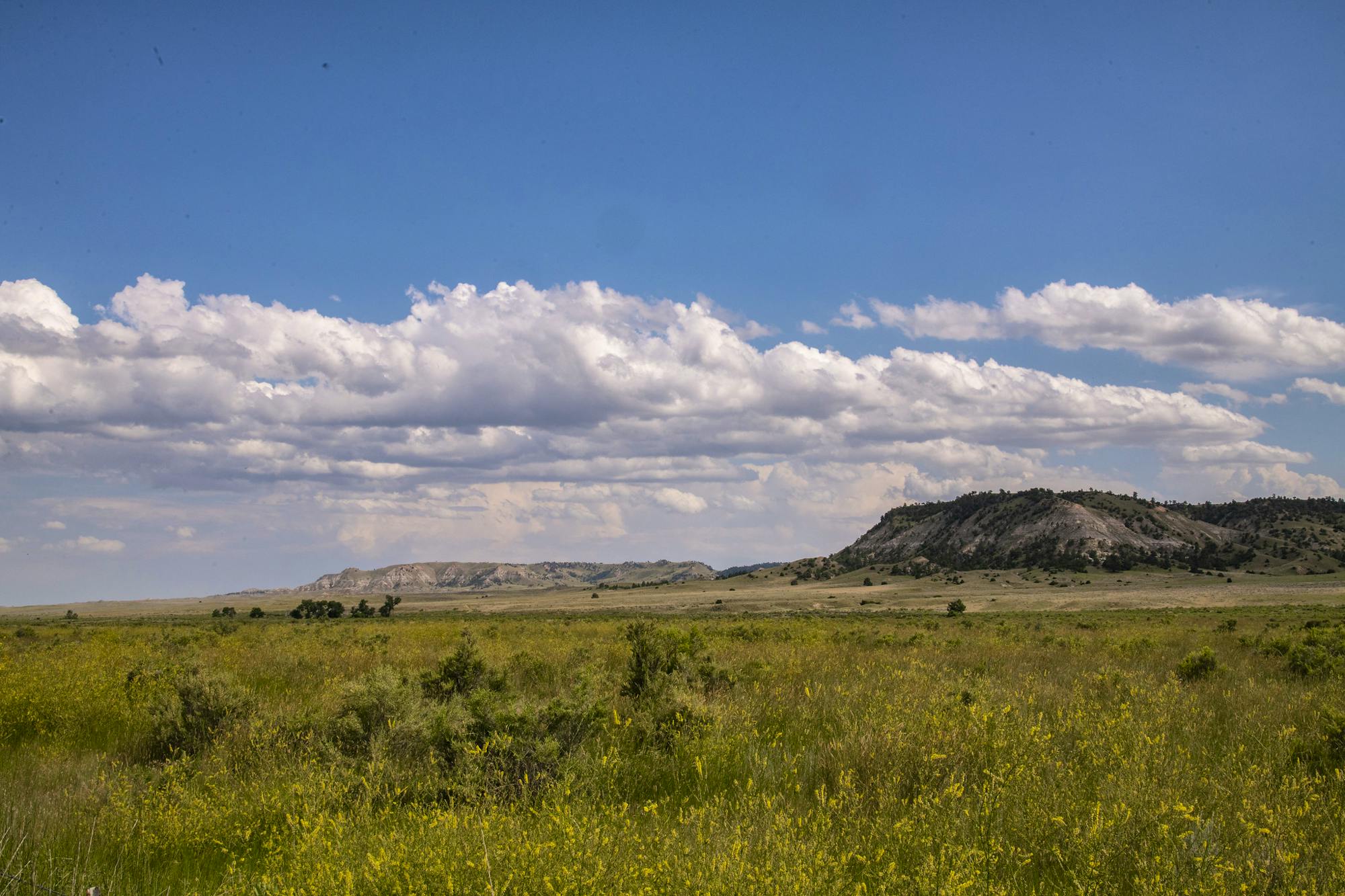Thunder Basin National Grassland in Wyoming is one of the most important places for grassland wildlife in the entire Great Plains. This 550,000-acre public land area is a key site for the future recovery of the black-footed ferret, one of the most endangered animals in North America. This is due to the grassland’s large prairie dog colonies, which is habitat for the ferret. Yet, the agency who manages this public land, the U.S. Forest Service, is forwarding a plan to remove the minimal protections for wildlife here and allow widespread poisoning and shooting of prairie dogs. We need your help to stop this plan!
Thunder Basin National Grassland is the topic of an enduring debate. Prairie vestiges such as these have become too few and isolated from each other, which has contributed to significant loss of grassland wildlife. For example, there are only about 300 ferrets remaining in the wild, and recovery hinges on the conservation of prairie dogs of the Thunder Basin.
Thunder Basin is one of the best locations for maintaining a fully-functioning complex of prairie dog colonies, an important, but largely missing, part of the Great Plains ecosystem. Prairie dogs are a keystone species of the grassland, providing 98% of the food for black-footed ferrets as well as burrows for ferrets and hundreds of other species. The Thunder Basin is large enough to support prairie dog acres needed to restore a viable population of the endangered black-footed ferret, but the U.S. Forest Service (USFS) is considering a range of long-term management options. Unfortunately for the future of the ferret, none of these management options favor conserving prairie dogs for endangered black-footed ferret recovery.
The debate all boils down to grass. Thunder Basin National Grassland abounds with prairie wildlife and provides large landscapes of forage for livestock. Forage available to cattle on these public lands has ranchers becoming increasingly concerned that the number of prairie dogs, also benefiting from the grass, are impacting their livestock operations and economic bottom line. Management is complex because the federal lands are intermingled with private and state lands.


The USFS has a multiple use mandate, which includes the management of rangelands and the implementation of land management plans for the conservation of native wildlife such as prairie dogs, and the habitat they provide toward the recovery of threatened and endangered species. Defenders of Wildlife has long advocated for coexistence with wildlife; for example, to reduce conflict with neighboring landowners, we helped install natural barriers that deter prairie dogs from expanding their colonies onto neighboring private lands where they are not wanted.
Protections in the current plan for prairie dogs on public lands are in jeopardy after years of consensus-building. The USFS’ latest proposal will allow for mass poisoning and the recreational shooting of prairie dogs. This will set the conservation agenda for endangered black-footed ferrets back decades.
There really is room for wildlife among the other multiple uses permitted on these public lands; the health of our wildlife and grassland systems depends on making sure the USFS does its job with land management for wildlife conservation. Please help by adding your name to the comments we will submit to the USFS.










